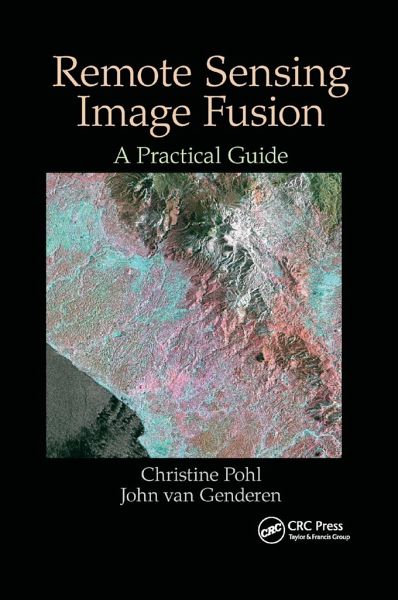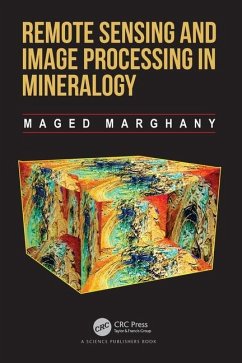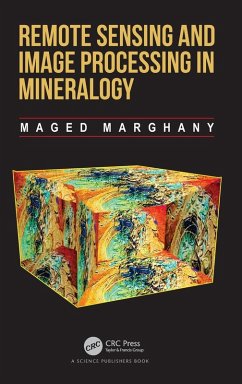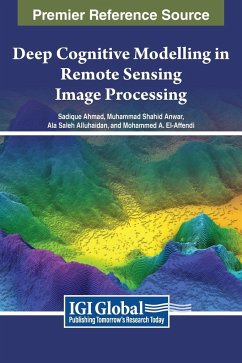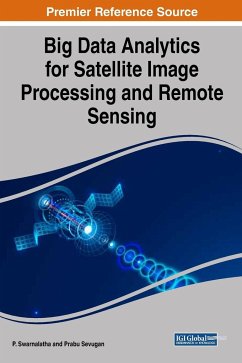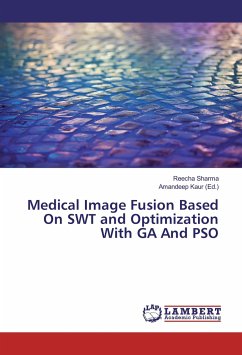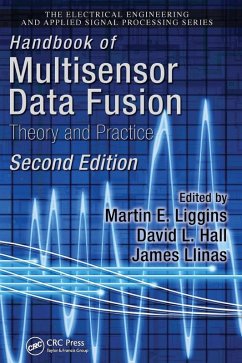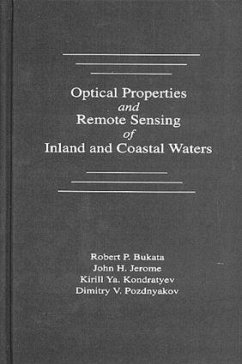Christine Pohl obtained her BSc in geodesy at the Technical University of Braunschweig and continued her MSc at Leibniz University Hannover, in Germany. She earned her PhD in remote sensing from an international program at the International Institute for Aerospace Survey and Earth Sciences (ITC), the Netherlands, together with Leibniz University, Hannover, Germany in 1996. Between 1996 and 1998, she worked as deputy head of the research division at the European Union Satellite Center (EUSC) in Madrid, Spain, followed by a period as an associate professor back at ITC, the Netherlands. From 2002 to 2012, she was as CEO for a private company in Europe, where she was responsible for educational program and provided coaching and leadership training for managers. Currently, she is a professor at the University of Osnabrueck, Germany. Her research interests cover mainly standardization procedures for remote sensing image and data fusion. She uses remote sensing for applications in the tropics, monitoring oil palm plantations, mapping, change detection, humanitarian crisis support, and coastal zone management. She serves on the technical committees of several international conferences in the field of remote sensing. Christine is an editor for the International Journal of Remote Sensing and is a member of the editorial board of the International Journal of Image and Data Fusion. John Van Genderen graduated from the University of Queensland, Brisbane, Australia. He then studied remote sensing at the ITC in the Netherlands for his MSc degree and earned his PhD in remote sensing from the University of Sheffield in the United Kingdom in 1972. Since then, he has carried out research, teaching, projects, and consulting assignments in more than 140 countries around the world. He was a professor of remote sensing at the ITC from 1991 until his retirement in 2009. His main research interests in terms of t
